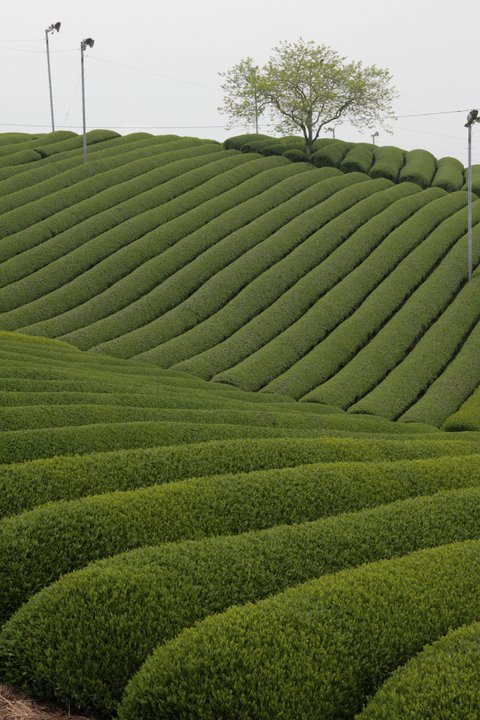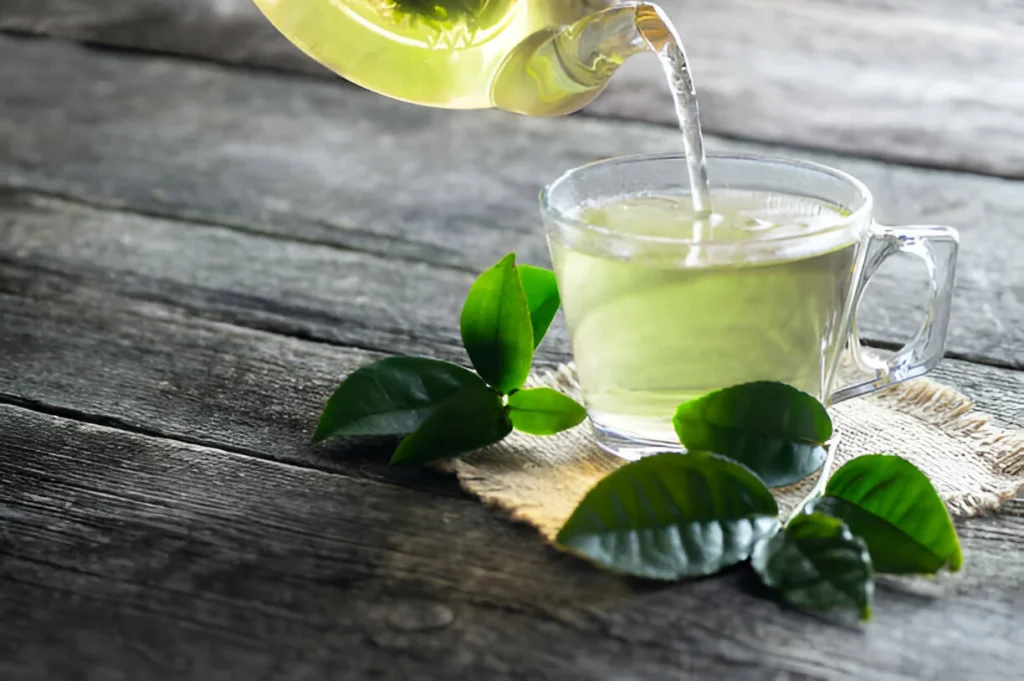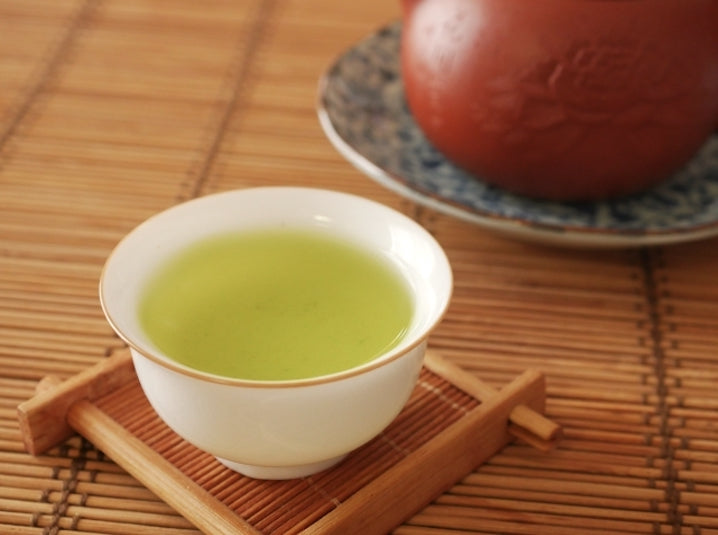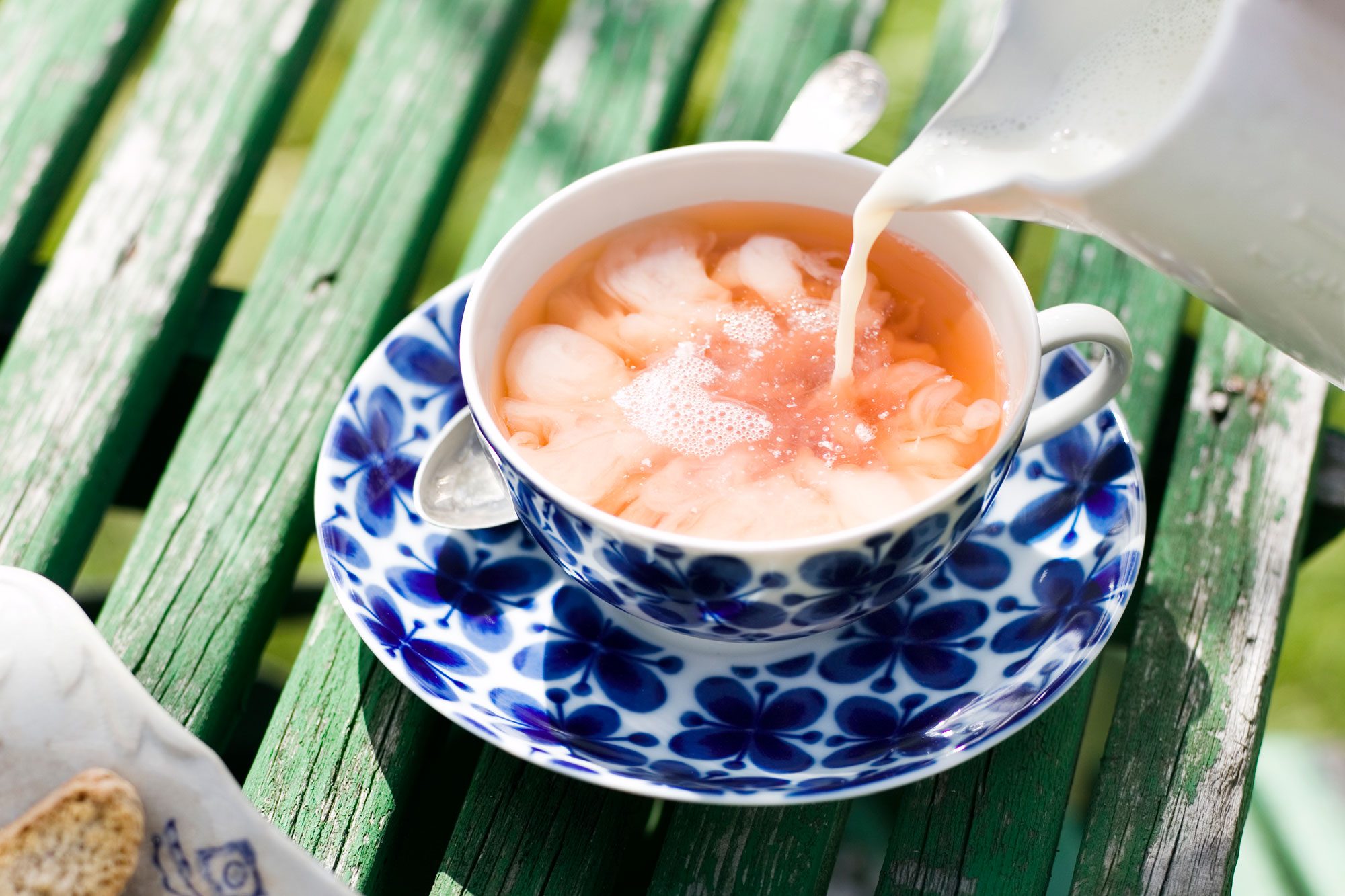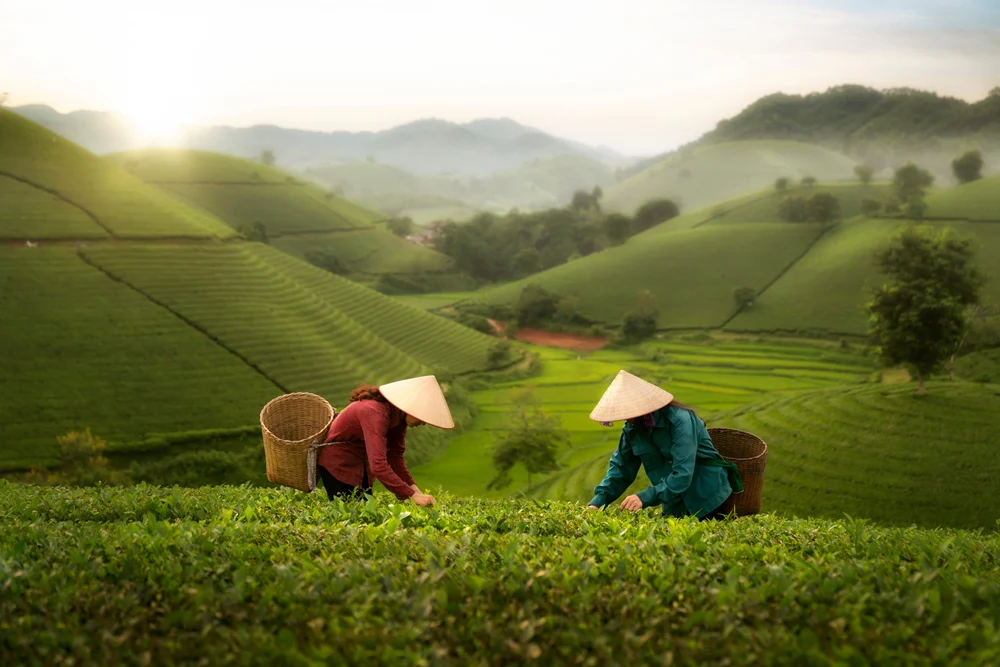Introduction
Sencha tea is one of the most popular types of green tea in Japan and is revered globally for its unique flavor profile, vibrant green color, and numerous health benefits. Unlike other green teas, Sencha is typically steamed soon after harvesting, which preserves its fresh, grassy taste and high nutrient content.
Origin and Production
- History: Sencha tea traces its roots back to 17th-century Japan when it became a preferred choice over powdered teas like matcha. It signifies a shift towards enjoying tea leaves brewed directly in water.
- Cultivation: The tea plants are grown under full sunlight, which contributes to its distinctively rich and slightly astringent taste.
- Processing:
- Leaves are harvested from the Camellia sinensis plant.
- Steaming is done immediately after harvesting to halt oxidation.
- The leaves are then rolled and dried to maintain their vibrant green hue and to release aromatic compounds.
Flavor Profile
Sencha tea offers a complex flavor that balances sweetness, umami, and a subtle bitterness. The taste can vary depending on the harvest season and processing method:
- Spring Sencha (Shincha): Light, sweet, and fresh.
- Late Harvest Sencha: More robust and astringent.
When brewed correctly, Sencha produces a clear, golden-green liquor with a delicate aroma.
Brewing Sencha Tea
To fully enjoy Sencha tea, attention to brewing details is key:
- Water Temperature: Use water heated to 70-80°C (158-176°F). Hotter water can make the tea overly bitter.
- Brewing Time: Steep for 1-2 minutes to extract optimal flavor without overpowering bitterness.
- Leaf Quantity: Use 1 teaspoon of tea leaves per cup of water.
Pro Tip: Use a traditional kyusu (Japanese teapot) for an authentic brewing experience.
Health Benefits
Sencha tea is celebrated for its impressive health benefits, thanks to its rich content of antioxidants, vitamins, and minerals:
- Rich in Catechins: These antioxidants help fight free radicals, reducing the risk of chronic diseases.
- Boosts Metabolism: Sencha aids in weight management by enhancing fat oxidation.
- Improves Heart Health: Regular consumption can lower cholesterol and improve cardiovascular health.
- Promotes Mental Clarity: Contains L-theanine, an amino acid that promotes relaxation and focus.
- Supports Immunity: Vitamin C content strengthens the immune system.
Cultural Significance
In Japan, Sencha tea represents hospitality and is commonly served to guests. It plays a role in daily life and seasonal celebrations. The act of brewing and drinking Sencha is considered a mindful practice, connecting individuals to nature and tradition.
Popular Varieties of Sencha
- Asamushi (Lightly Steamed): Subtle, delicate flavor.
- Fukamushi (Deeply Steamed): Intense, full-bodied taste with a vibrant green liquor.
- Chumushi (Medium Steamed): Balanced flavor and aroma.
Each variety caters to different preferences, allowing tea enthusiasts to explore diverse profiles within the Sencha category.
Buying and Storing Sencha Tea
- Quality Indicators: Look for bright green, tightly rolled leaves. High-quality Sencha will have a fresh, grassy aroma.
- Storage Tips: Keep the tea in an airtight container, away from heat, light, and moisture to preserve its freshness.
Conclusion
Sencha tea offers a remarkable blend of taste, tradition, and wellness. Whether you’re a seasoned tea enthusiast or a curious beginner, exploring the world of Sencha provides an opportunity to enjoy one of Japan’s finest cultural exports. Its delicate flavors, health benefits, and rich history make it a tea worth savoring.
